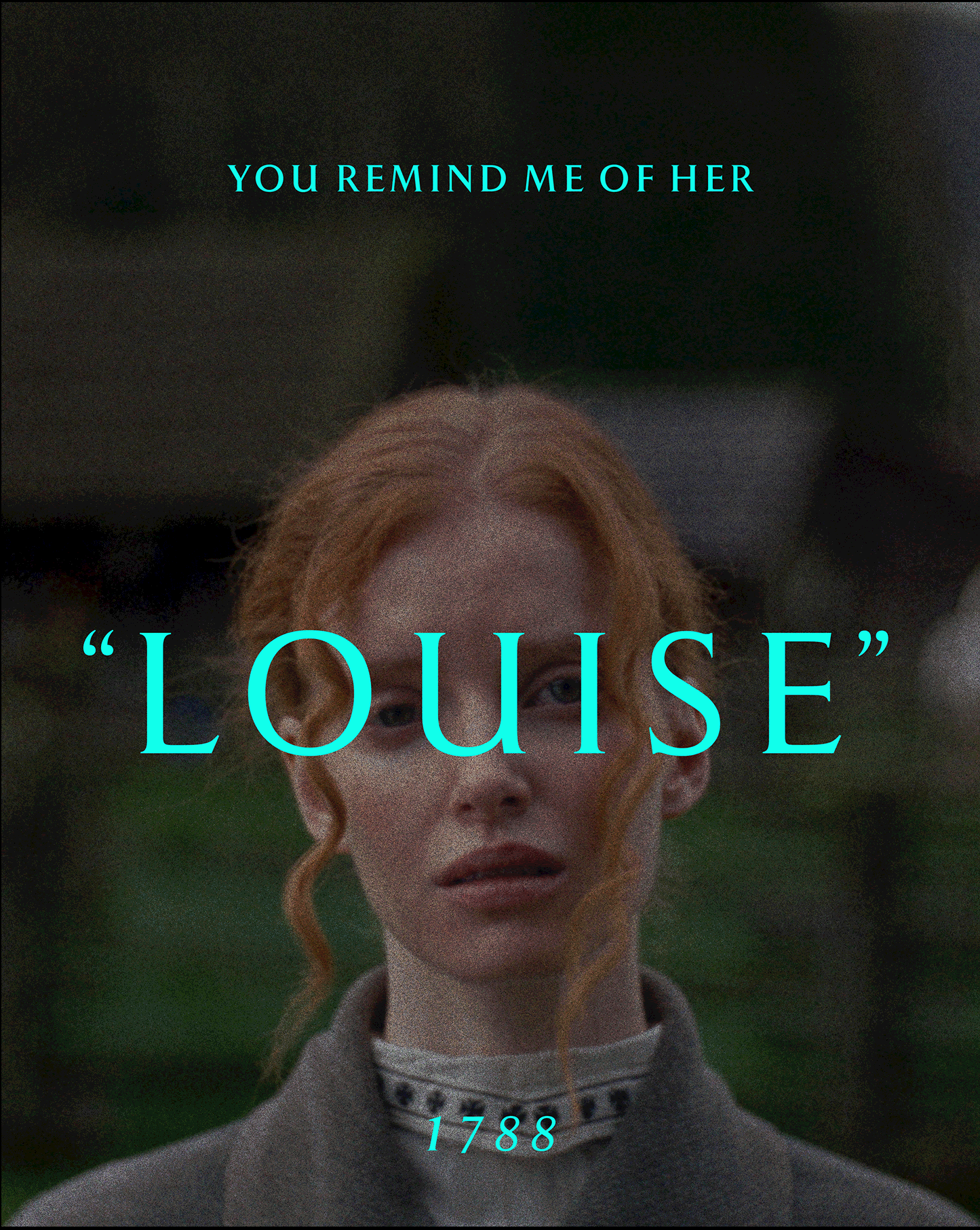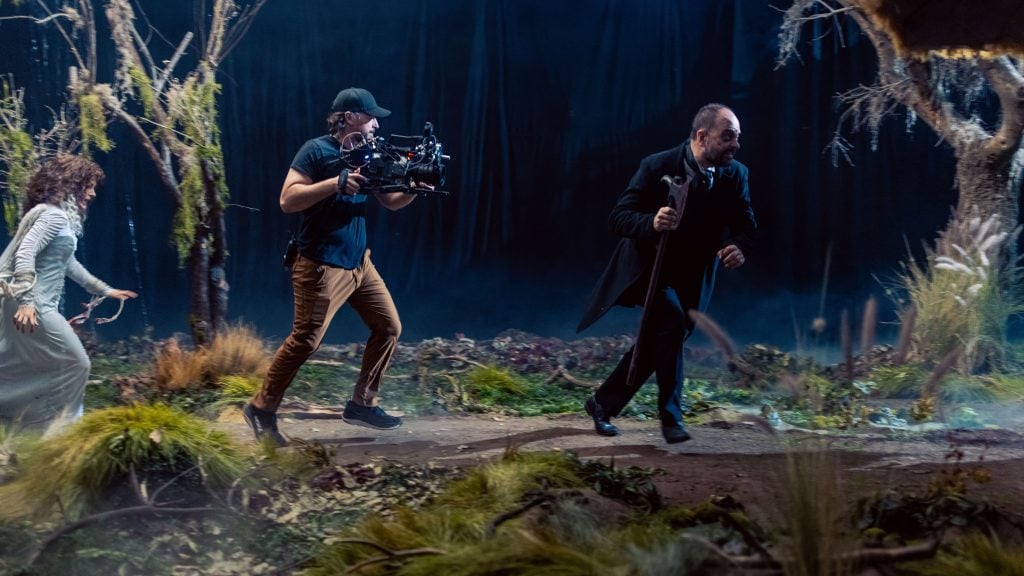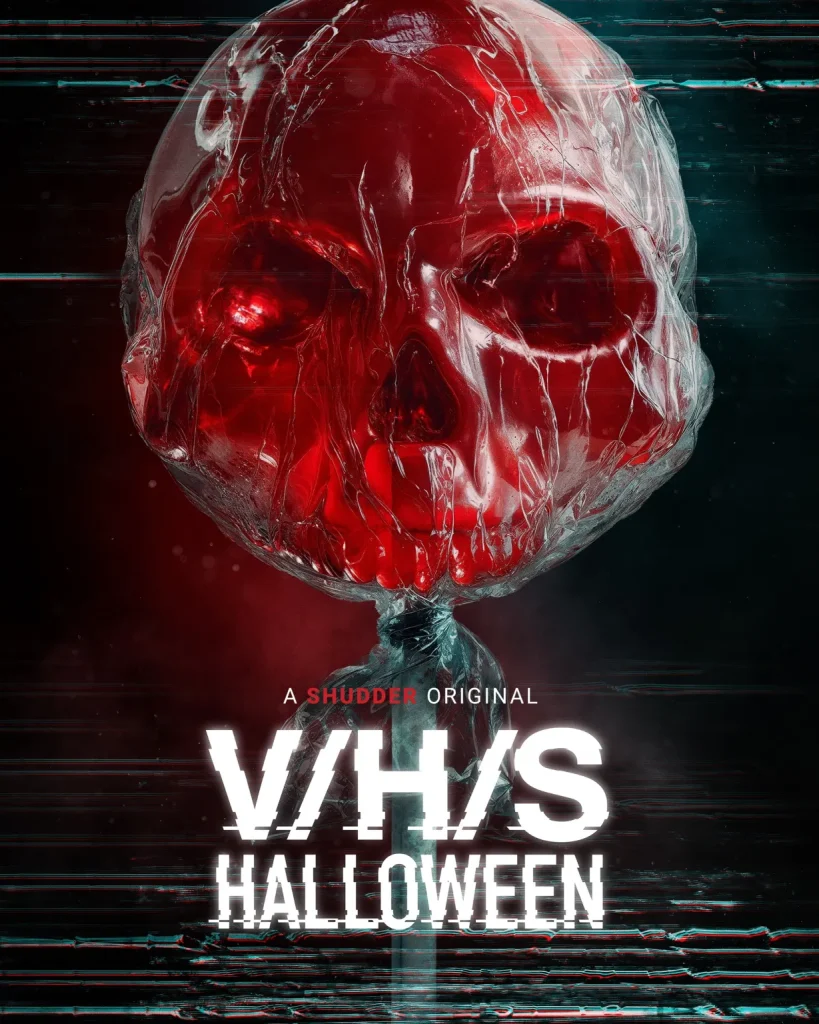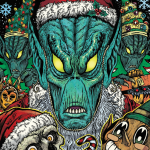970x125
DREAD THE HALLS 2025 – The Holidays Are Haunting, and Terror Waits Beneath the Tinsel…: ” Image Comics and Syzygy Publishing return with DREAD THE HALLS 2025, the third chapter in their fan-favorite holiday horror series! Following last winter’s breakout debut and this summer’s Dread the Hall H sell-out at San Diego Comic-Con, the team is back with a super-sized 72-page stocking stuffer of pure terror.
Co-created and written by Jordan Hart (Ripple Effects, The Cabinet) and Chris Ryall (Zombies vs. Robots, Megalopolis), Dread the Halls 2025 unwraps five wildly different tales that run the spectrum from suspense to splatter. Art drops by Luana Vecchio (Lovesick, Bolero), illustrating her first holiday tale—a 12-page yuletide riff that begins like a Hallmark Christmas movie and ends as a razor-sharp revenge story. Fábio Veras (DC’s Two-Face, Batman: Urban Legends) returns to render a chilling haunted-Advent-calendar yarn, while Lee Ferguson (Predator vs. Black Panther) brings a pitch-black carol to life. Rounding out the lineup, Keithan Jones—co-founder of Black Comix Day—makes his Image Comics debut with visuals for a Mars-red holiday frightmare.
The giftwrap is just as sharp: five festive covers, including two by Maria Wolf (Crypt of Shadows, Harley Quinn), plus a new Luana Vecchio (Lovesick, Bolero) variant, a Toby Willsmer (Vampirella, Red Sonja) piece, and a wrap-around “gift-tag” variant by Hart and Ryall. built to tuck perfectly into the “horrorday” stockings.
Dread the Halls returns to haunt another Christmas season with a 72-page gift of all-new tales of holiday horrors for only $6.99! This time out, Jordan Hart and Luana Vecchio deliver a seasonal blend of Hallmark movie and brutal revenge flick; Chris Ryall and Keithan Jones turn Mars red when “The Martians Conquer Santa Claus!”; Walter Pax and Fábio Veras return to the series rendering festive terror; and Ryall and Lee Ferguson present a pitch-black Christmas carol in “Chains Forged From Life.”
“This year’s Dread the Halls unites some of the top artists in the industry, giving all five stories their own distinct style and tone,” said series co-creator, writer, and designer Jordan Hart. “Even though the ideas and executions vary, they all weave together to deliver a supersized issue that’s just plain fun from start to finish.”
“In the same way that people all over the world look forward to various year-end holidays,” said co-creator and writer Chris Ryall, “I have that same level of excitement for our now-annual Dread dive into the darker corner of the season. And this year, we’ve expanded the page count from 48 to 72 in an effort to give readers even more of a gift than we did last year.”
For fans of Silent Night, Deadly Night, Black Christmas, and many other acclaimed cold-blooded holiday slashers, this anthology delivers the ultimate holiday fright!
Retailers can “re-spread the dread” with Dread the Halls (2024) and Dread the Hall H (2025) re-offered alongside the new issue, giving shops the full trilogy for the holidays. Dread the Halls 2025 hits shelves December 3, 2025—available to preorder now with Lunar code 1025IM0283.
Creators Jordan Hart and Chris Ryall will be in attendance at New York Comic Con 2025 (October 9-12) at the Jacob K. Javits Convention Center to celebrate the launch and meet fans ahead of the release—just in time for the long nights when every shadow whispers and the season of dread begins!”
—
Character Posters from Osgood Perkins’ KEEPER:

A Dark Trip from Osgood Perkins
In Theaters November 14th
—

Interview: Cinematographer Sean McDaniel on Bringing Found Footage Fear to V/H/S Halloween’s “Home Haunt”
Think Halloween can’t get any darker? V/H/S Halloween begs to differ. Known for its raw, found-footage scares, V/H/S turns homemade horror into a heart-pounding plunge into dread. With V/H/S Halloween, cinematographer Sean McDaniel helps push that signature style further in “Home Haunt,” the closing segment that transforms a suburban family’s backyard attraction into terror. Drawing from real vintage haunt footage of the 70s and 80s, McDaniel and directors Micheline Pitt-Norman and R.H. Norman leaned into authenticity while finding new ways to bend the language of found footage. The result is a short that blurs the line between seasonal fun and unshakable terror. McDaniel discusses his work on “Home Haunt” in more detail below. V/H/S Halloween is available today on Shudder.
The V/H/S franchise has a reputation for gritty realism. Did you reference any actual home-haunt or backyard haunted house videos when shaping the visual tone?
Sean McDaniel: Yes, for sure. We were looking at pictures and videos of old home haunts from the 70s and 80s. Those were our main references more so than any other films. We were thinking about the textures and colors that really stand out from that time. It was also helpful for lighting. Seeing what options were available back then and what we could get away with to tell our story and have it feel authentic.
Had you seen any of the other V/H/S films before beginning work on this one? If not, did you go back and watch any?
Sean McDaniel: I had seen a lot of them already, but this was a great excuse to catch up on the rest and revisit some as well. I watched all of them and even rewatched some with our directors. For a series with so many entries, I think it is really helpful to be fresh on what’s been done before. We have to think about our segment not just within the film itself but in relation to the series. What have viewers not seen before from this franchise? What can we do to surprise them? That approach is how we came up with the kick rig for one scene. We knew there would be moments of the camera falling to the ground, but we realized we’d never really seen it be kicked around in the chaos of the scene. We also liked the idea of the camera settling into distinct shots to reveal the horror beats and then have it kicked into a new frame with a new horrific action beat.
Halloween night itself brings unique atmospheres—suburban streets, porch lights, jack-o’- lantern glow. How did you approach capturing that sense of place while keeping it grounded in found footage?
Sean McDaniel: That’s a fun challenge with something like this. The maze portion is bookended by two practical exterior locations in different places that are meant to look the same. We embraced a more subtle moonlight wash and let a lot of the work be done with practicals throughout the street. The neighborhood was a set so we could place the streetlights where we wanted. For the houses, we could decide every porch light or home window we wanted to light which was great. And we had the benefit of Halloween lights that art department is strategically placing throughout the neighborhood. All of that creates a texture of different lights, color, and patches of darkness that feel real instead of just a big moonlight wash across the entire street.
Horror thrives on anticipation. Were there specific choices in pacing shots or holding on darkness that you used to build dread?
Sean McDaniel: For sure. The introduction into the maze has the biggest feeling of that classic suspenseful build up. Everything is delicately paced between myself with the camera, the actors, and the practical gags that are happening to maximize that effect. The crazy thing about this one is that once we get going in the maze it really doesn’t let up. These are confined spaces everyone is in with these monsters so finding a balance between the speed of the horror beats without too much vamping was something we just had to feel out as we did rehearsals and early takes. Especially since these are all meant to feel like one continuous take, there are no cut aways that you usually get in a standard film. This is all playing out in real time, so we have to nail that pacing on the day.
Did you and the directors talk about when to “show the monster” versus when to obscure it in shadows or chaotic camera movement?
Sean McDaniel: We did. That goes back to the pacing as well. It’s about finding that timing for the build up before the reveal which you normally might tweak more in the edit, but with this being one shot, we had to find it in how the camera moved. We always do a detailed shot list and then storyboards so that gets us started, but this more than any other project had us finding tweaks and changes as we were working on the day. It was a real dance between the camera, actors, and SFX.
The segment plays with the idea of a haunted house attraction turning terrifying. How did you make the audience second-guess what was “part of the show” and what was real horror?
Sean McDaniel: That’s a big part of the early rooms within the maze. For my part we were doing that through the operating of the camera. I’m operating as if I’m the teenage son who is over filming his dad’s haunted house. So early moments are slower, more listless. He’s giving minimal effort so we should feel that in the movement. But as things get odd and are different than the planned scares, the camera moves quicker as he’s trying to see and understand what’s happening.
Were there moments where you treated the camera like a character—frightened, curious, or panicked—to heighten tension?
Sean McDaniel: This is one of the rare instances where the camera really is a character. I’m either operating as the dad, Keith, or the son, Zack. And I would operate each one differently from everything to height level of the camera to movement and even how much they use the zoom. This is Keith’s thing so he’s thinking about capturing moments fully and he’s considering framing. He’s also more liberal with the zoom. There’s a sequence in an antique store that has Keith’s running commentary as he looks over items for the maze. It was too crowded in the store to operate over the actor’s shoulder so those are my hands in the scene so we could make sure all the timing was right. Somewhere there’s the original audio of my terrible version of that monologue but running the lines was helpful to make the movement feel natural. Zack, on the other hand, doesn’t really care about all of this anymore so his movements are slower. Sometimes, he’s even late in catching something. And then once the horror starts, it was even more important to try to have the camera match the situation. That was always on my mind as we would start a take. It was really helped being on practical sets with great effects makeup and bloody SFX gags to fully lean into the fear.
The green witch is striking and eerie. Did you design her lighting and framing to emphasize uncanny or monstrous qualities beyond just makeup and costume?
Sean McDaniel: We kept the lighting natural to what would be in the maze. It’s just heightened now that everything has come to life. In the hut with the witch, we do have a firelight effect from under her cauldron which helps add a more menacing look. That whole sequence is meant to look like one shot, so we’re doing long takes with a lot of action and movement which really forces us to stick to lighting the space.
Horror often benefits from misdirection. Did you use framing or camera movement to set up false scares before the real shock hit?
Sean McDaniel: Definitely. That’s part of that balance between trying to make the operating feel natural to the found footage genre while still telling the story using visual language that we’re used to in movies. We’d try to find ways to make it feel like it was just part of the character/camera moving, but we’re really working to set up a reveal or scare.
Since Home Haunt is the anthology’s closer, did you and the directors discuss how to end not just with spectacle but with lingering dread?
Sean McDaniel: We didn’t know the order while shooting our segment. That was determined after they were all completed. The run through the maze feels like an amusement park ride so it was always going to build to a pretty wild conclusion. I like that it has a false ending and then one last crazy sequence for the send-off. I think ending with the implication of an even scarier bit about to start is great for a short. It leaves the viewer thinking of what could be next and excited about the possibilities.




